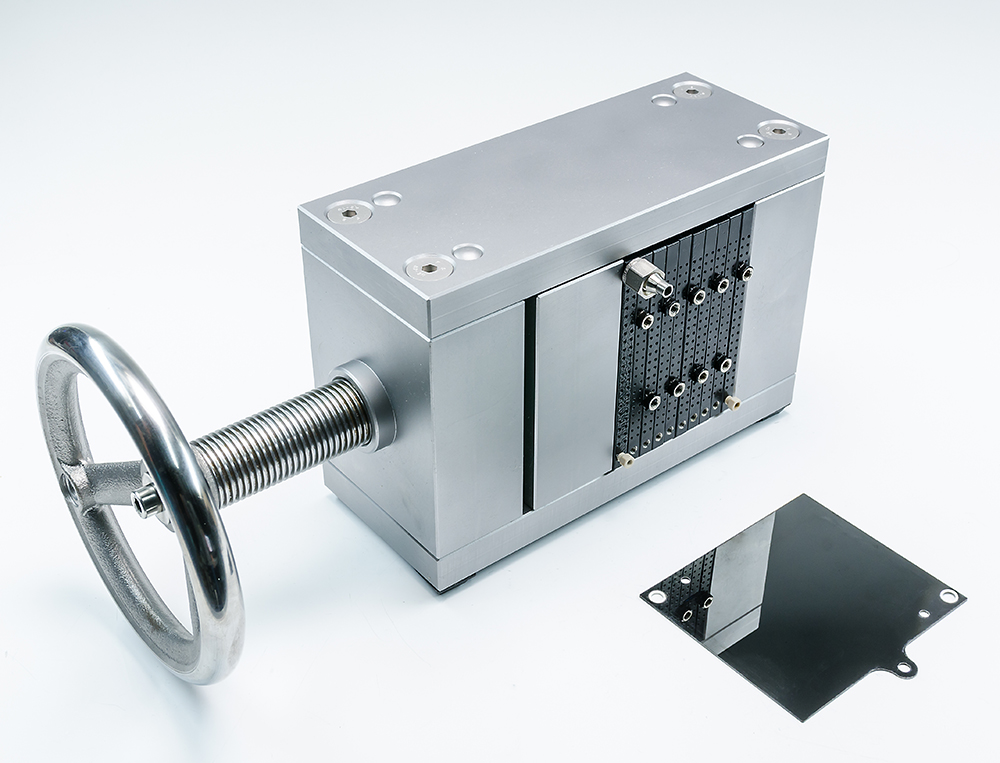A sustainable branch of biotechnology is going to flow

Within the KOM-e-BIO project, bioelectrocatalysis will be evaluated as one state-of-the-art and sustainable method of biotechnology. As part of the project, bioelectrocatalysis will be combined with flow chemistry and micro process engineering to produce chiral fine chemicals as the basis for active pharmaceutical ingredients. KOM-e-BIO thus represents the use of white (industrial) biotechnology as an application in red (medical) biotechnology.
Enzymes and electrons
The synergy of biocatalysis and electro-organic synthesis already opens up the possibility of using highly specific enzymes as biocatalysts for the stereoselective synthesis of pharmaceuticals or their precursors in the classic batch process. Electrochemistry plays an important role in the regeneration of the necessary and highly expensive co-factors for biocatalysis, e.g. NADP+. The next stage of synergy will now be achieved in KOM-e-BIO when the bioelectrocatalysed processes and co-factor regeneration are transferred to continuous operation with microstructured reactors.
Less waste by going to small
Micro process engineering is the key technology for getting the electrons to the right place in the regeneration process with as little loss as possible. Geometrically and catalytically optimized electrodes enable the use of defined current densities with low power loss in microstructured reactors. In addition, significantly lower quantities of conducting salt are required for the electrochemical conversion in a small-volume but highly efficient flow reactor, both of which intrinsically lead to less waste and greater sustainability of the synthesis process.
Funded by the Ministry for Science and Health Rhineland-Palatinate
 Fraunhofer Institute for Microengineering and Microsystems IMM
Fraunhofer Institute for Microengineering and Microsystems IMM